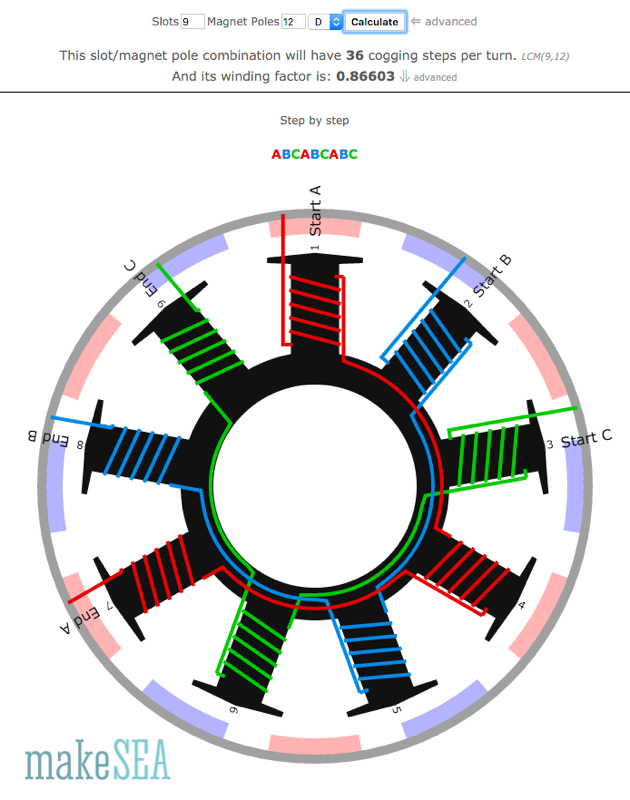
# rotor bars and # stator slots in induction motor
# rotor bars and # stator slots in induction motor


Are there any generalizations that can be made about the # rotor bars and # stator slots in an induction motor?
One thing I know is that most higher-speed windings are integral-slot (vs fractional-slot) windings, the number of stator slots is divisible by 3 and by the number of poles.
Are there any other generalizations that can be made?
The reason is that vibration spectra sometimes show rotor bar pass frequency and stator slot pass frequency... but may not be able to distinguish if we haven't inspected the motor to count the number of bars and slots.
One thing I know is that most higher-speed windings are integral-slot (vs fractional-slot) windings, the number of stator slots is divisible by 3 and by the number of poles.
Are there any other generalizations that can be made?
The reason is that vibration spectra sometimes show rotor bar pass frequency and stator slot pass frequency... but may not be able to distinguish if we haven't inspected the motor to count the number of bars and slots.
10 Pole Motor
Tooth the same as Figure I-A. Figure I-C is an (8) pole, (18) slot motor with (3) phases and a (2) slot coil winding pitch. Figure I-D is a common brushless configuration for (3) phase motors with (4) poles, (12) slots and a (3) slot coil winding pitch. Figures I-E and I-F are brushless designs with (6) pole imbedded rotor magnets. The least common multiple for 6 poles and 9 slots is 18; for 8 poles and 9 slots, 72. The number of poles and the number of slots for a normal concentrated winding motor is set in a ratio of 2:3, but by working on the winding wires, it is possible to make an 8-pole motor even with 9 slots.